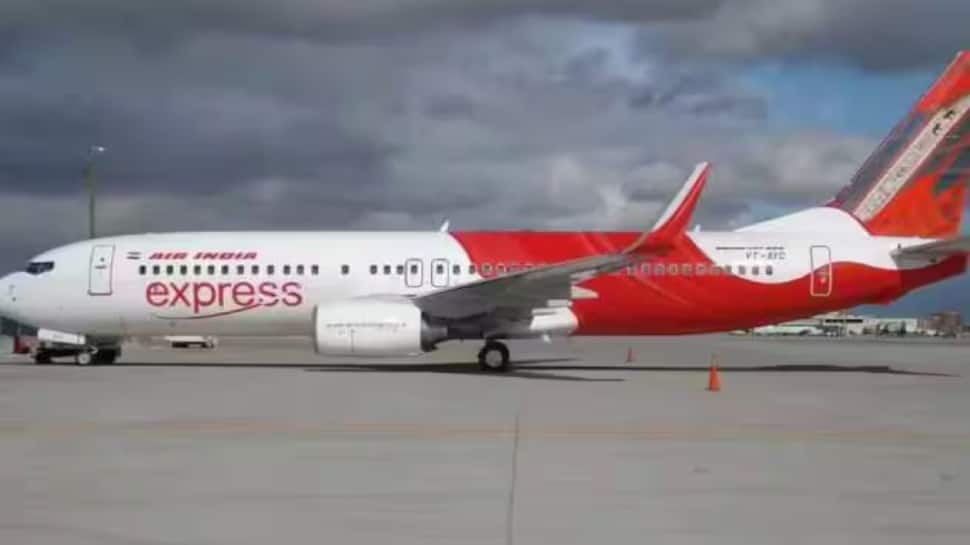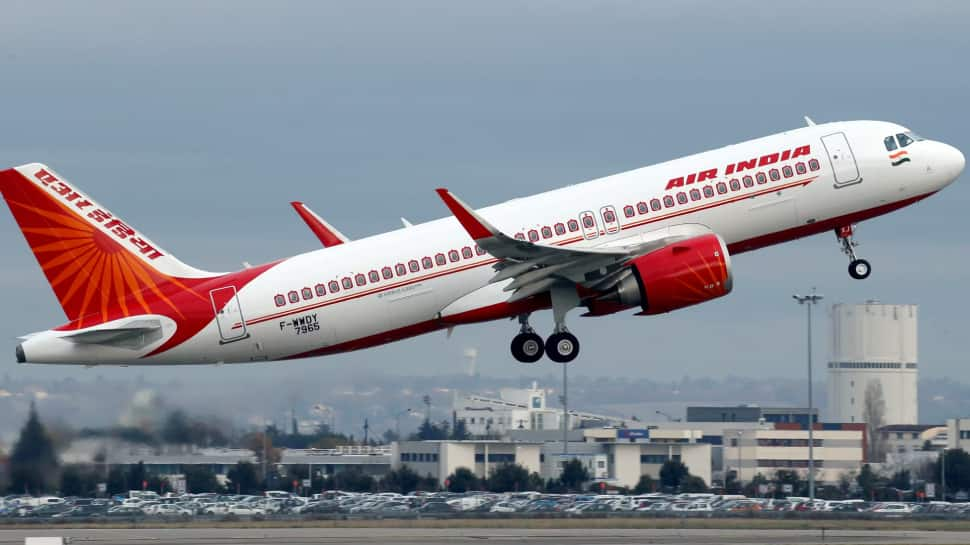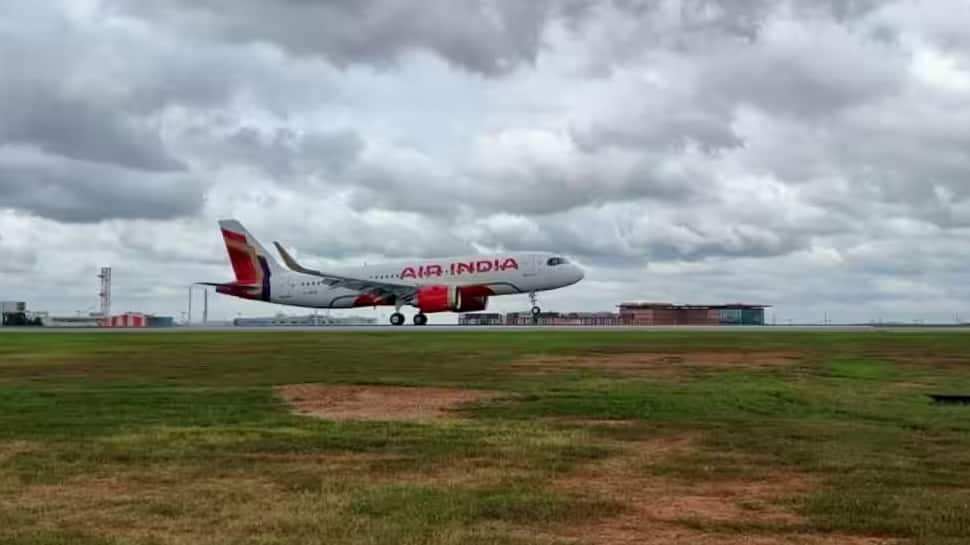Aircraft's Fuel Tanks: Have you ever wondered where the fuel is stored on an aircraft, especially on a commercial one? The fuel system is carefully designed and managed to optimize the performance of the aircraft. Usually, an aircraft has several fuel tanks, whether in the belly or rear of the aircraft. Additionally, the fuel is also stored in the wings! Yes, the wings of the aircraft are designed to store the fuel.
)
Here are the typical fuel storage rooms on a plane:
Center tank (in the belly/fuselage) Inner tank (in wings) Outer tank (in wings) Vent tank (in wings) Trim tank (in the tail) Vent tank (in the tail)

Before every flight, planners calculate how much fuel is needed, including reserves for emergencies, depending on the distance, aircraft weight, cruising altitude, wind conditions, and air temperature. Planners also account for taxi fuel, which is used while moving on the runway. Extra fuel is also always added in case the flight is diverted or delayed.

The lower part of the plane holds cargo, while the upper part carries passengers. This makes the hollow wings ideal for fuel storage. Wings are made watertight so they can store fuel.

Internal structures called spars divide the fuel into sections. These spars have small holes to let fuel pass through at a slower rate, preventing it from shifting too much during flight.

During takeoff, wings experience heavy stress. If the wings are too light, they can flex, and putting fuel in helps keep them steady and strong. This also spreads the plane’s weight more evenly. So, using wing space for fuel storage is both smart and efficient.